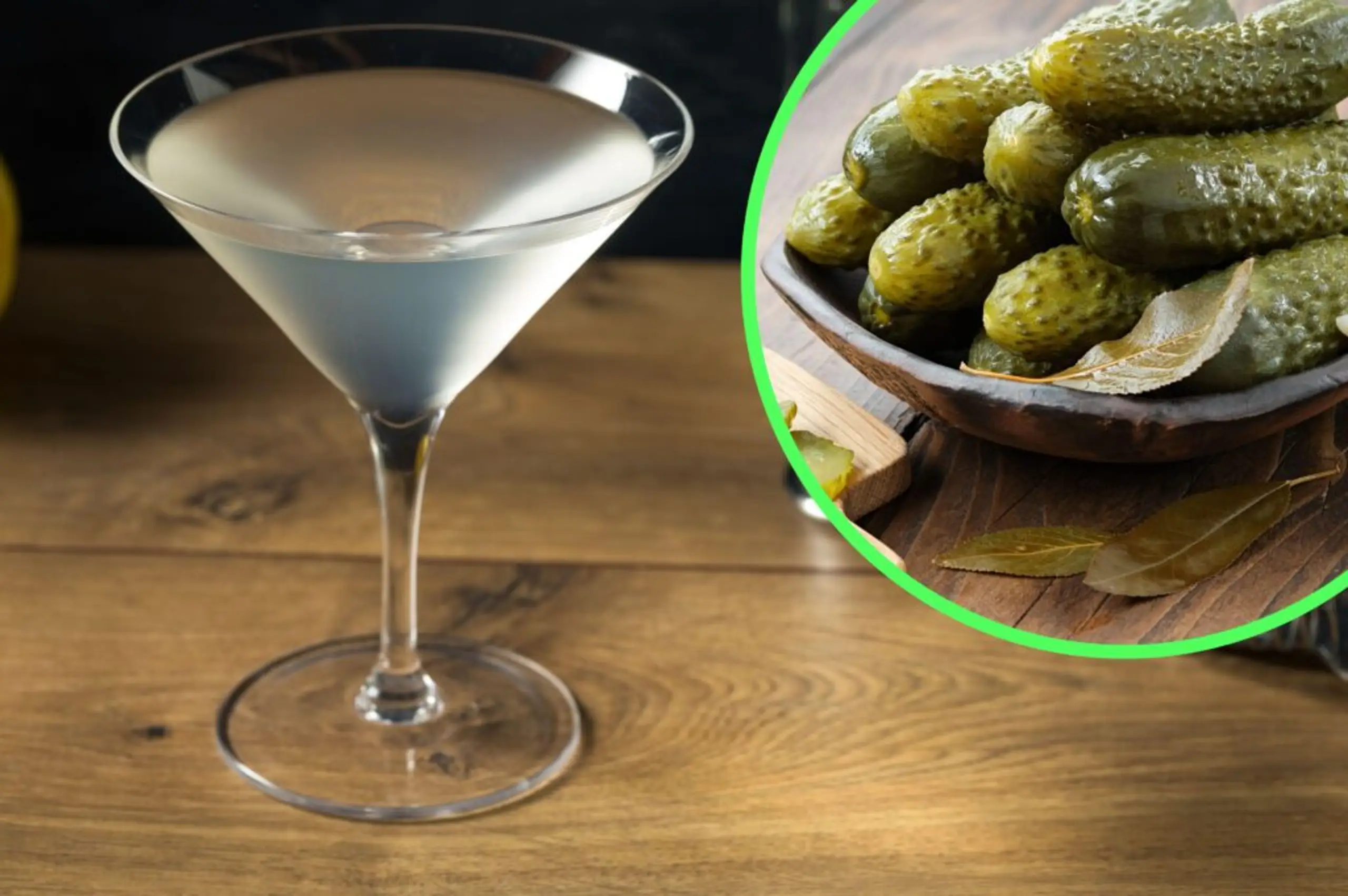Uncategorised
Why we’re all still using bugs to colour our food
06 Jun 2018
4m
For many people, few things are worse than the idea of eating bugs. Though we’ve spent centuries scoffing all manner of creepy crawlies, huge swathes of people are now utterly opposed to eating anything with more than four legs. The various pros and cons of this approach to dieting are up for debate. What is beyond any doubt, however, is that most of us have been eating bugs our whole lives anyway, often completely by accident.
There is only one main culprit for our incidental insect ingestion. To this day, much of the colouring used to dye our favourite foods is derived from one unfortunate buggy source. Carmine, found in everything from red velvet sponge to jelly to icing sugar, is actually made from the crushed corpses of a cactus-loving Central American arthropod known as the cochineal. Once used to colour royal capes, this seemingly insignificant insect has been at the centre of the dying trade throughout the last 500 years.
In 15th-century Aztec Mexico, merchants and manufacturers quickly discovered that the bug, which has its home on the spiky pads of the prickly pear cactus, could be boiled, baked, steamed and crushed to produce a lurid crimson powder. The Aztecs used this vivid colouration to enhance their clothing and create fierce face and body paints. So popular and central to Aztec life was the dye that cities conquered by Moctezuma used to donate it instead of gold and silver.
 [[imagecaption|| Credit: WikiCommons/Wolfgang Sauber]]
[[imagecaption|| Credit: WikiCommons/Wolfgang Sauber]]
After the Spanish Conquest in the 16th century, cochineal bugs became a central part of the European economy. Trade was controlled almost exclusively by the powerful Spanish empire, and demand was so high that the dye was regularly listed on the London stock exchange. Chefs would use the dye to craft impressive crimson constructions for royal banquets, as well as colour pastries and more common foodstuffs. There was also a roaring trade in the fashion and cosmetic industries.
There were several reasons why the unusual pigment proved to be so successful. Though for centuries it could only be produced in Central America, the dye once manufactured was extremely stable and resistant to fading. This made it relatively easy to transport over great distances. It was also far more reliable and vivid than other European alternatives, which made it a premium product in an already limited marketplace. The result was a red-coloured gold rush for anyone who could get their hands on it.
 [[imagecaption|| Credit: Flickr/Madelinetosh]]
[[imagecaption|| Credit: Flickr/Madelinetosh]]
Business continued to boom for carmine manufacturers until the disastrous 19th century. The discovery of effective artificial dyes such as alizarin crimson led to the industry collapsing under the pressure of cheaper, better competitors. In Spain in particular, thousands became unemployed as an entire way of life disappeared overnight. For a while, it seemed as though the days of bugs in our food were behind us.
 Woman creating red dye from cochineal at Casa Tepeyotli, owned by master weaver Jacobo Mendoza Ruiz in Teotitlan del Valle in Oaxaca, Mexico.
Woman creating red dye from cochineal at Casa Tepeyotli, owned by master weaver Jacobo Mendoza Ruiz in Teotitlan del Valle in Oaxaca, Mexico.Unfortunately for squeamish diners, carmine and cochineals have come back into fashion in a big way. Though the insect remains tricky to farm and painstaking to transform into dye, it was discovered that many of the artificial alternatives that replaced it were actually highly carcinogenic. With the number of viable alternatives suddenly thin on the ground, food businesses quickly turned their attention back to bugs. Before long, an industry that was on its knees was back to centre stage in international food.
Unsurprisingly for an ingredient that depends on insects, there remains intense debate on the continued inclusion of carmine in our food. Though consumers are arguably more aware than ever, there are still instances where carmine is either alluded to or completely absent from labelling, leading people to unwittingly purchase products riddled with bugs. The continued controversial inclusion of animal parts has unsurprisingly caught the attention of campaign groups like PETA, who also express outrage over the scale of the animal slaughter involved in production. Around 100,000 bugs need to be killed in order to extract a single kilo of the dye.
Though it can be difficult for conscientious shoppers to avoid products containing carmine, there are a few telltale signs that you can look out for. In the European Union, the dye goes by the cryptic code-number E120, whilst elsewhere it can be identified by the exotic moniker “crimson lake” or the slightly less salubrious “natural red four”. Though there is not yet a hard and fast way to avoid carmine altogether, stricter labelling laws are certainly making things easier for fussy consumers.
Despite the protestations of picky entomophobes, the reality is that eating insects is an unavoidable part of life. Every major governing food body has guidelines for a number of insect parts that are legally allowed to make it into every product. For peanut butter, it’s 30 insect parts per 100 grams. The simple truth is that bugs are everywhere. Beyond this, the cochineal trade continues to provide valuable employment opportunities for some of the poorest communities on Earth. So, while it might be initially tricky to stomach, there are good reasons why we’re still using bugs to colour our food.



